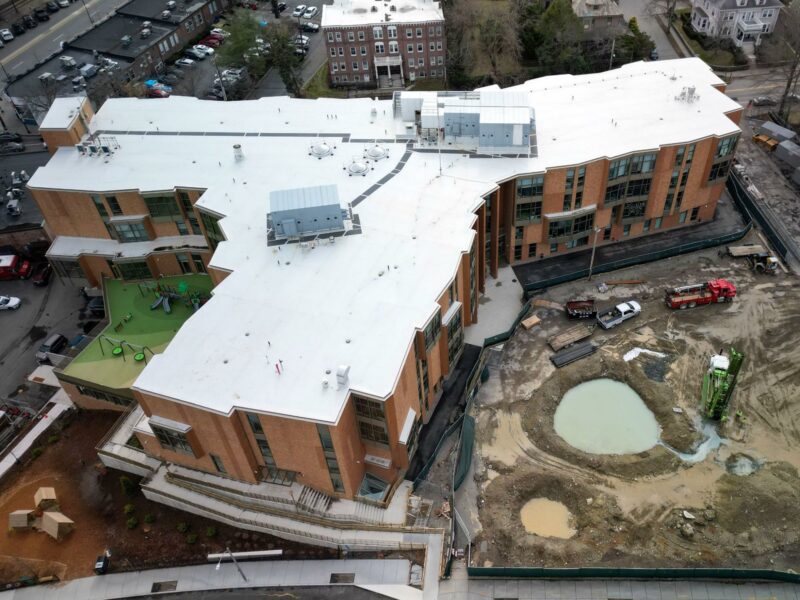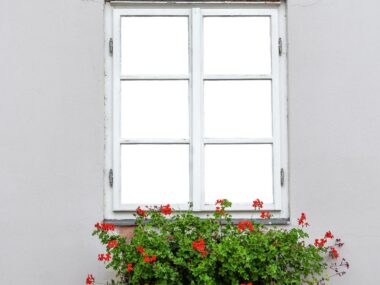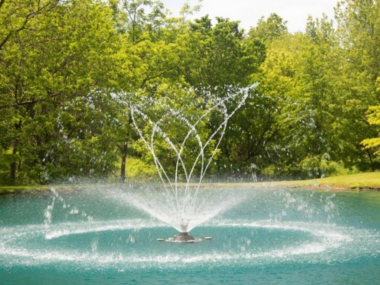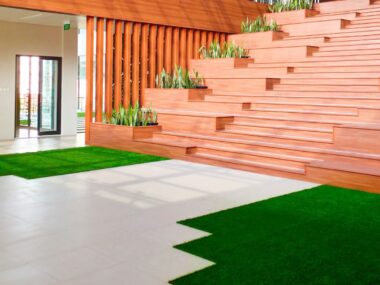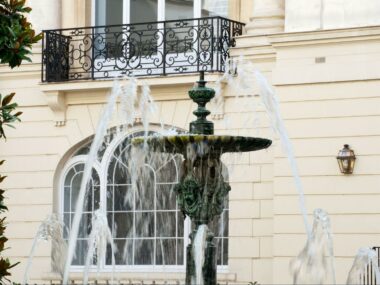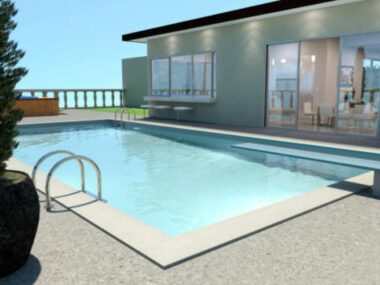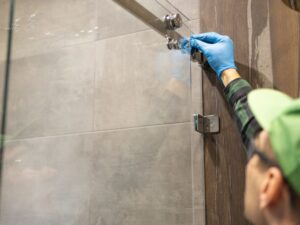Flat roofs, while practical and commonly used in commercial and some residential structures, present unique challenges that differ significantly from pitched roofs. Their distinct design requires specific maintenance practices and repair solutions to ensure longevity and functionality. In this comprehensive guide, we will explore the unique challenges associated with flat the most effective solutions for addressing these issues.
Unique Challenges of Flat Roofs
As the name suggests, flat roofs have a minimal slope, typically less than 10 degrees. This design aesthetic and practical choice in modern architecture poses several challenges:
Water Drainage
One of the most significant challenges of flat roofs is inadequate water drainage. Unlike pitched roofs, which naturally facilitate water runoff, flat roofs can accumulate water, leading to standing or ponding water. This can cause water infiltration, leading to leaks, structural damage, and the growth of mold and mildew.
Thermal Expansion and Contraction
Flat roofs are more exposed to direct sunlight, causing significant temperature fluctuations. This exposure can lead to thermal expansion and contraction of the roofing materials. Over time, these cycles can cause materials to crack, blister, or become brittle, compromising the roof’s integrity.
Membrane Damage
Flat roofs often utilize membrane systems like EPDM (ethylene propylene diene monomer), TPO (thermoplastic polyolefin), or modified bitumen. While these materials are durable, they are susceptible to punctures, tears, and general wear and tear. Heavy foot traffic, debris, and severe weather can all contribute to membrane damage.
Insulation Issues
Proper insulation is crucial for flat roofs to maintain energy efficiency and prevent heat loss. However, insulation materials can become compromised due to moisture infiltration. Wet insulation loses its effectiveness and can become a breeding ground for mold and mildew.
Structural Load
Flat roofs may also face issues related to structural load. Accumulated snow, standing water, and heavy equipment placed on the roof can exert significant stress on the structural components, leading to sagging, leaks, and, in extreme cases, roof collapse.
The Importance of Online Promotion
Effective online promotion is crucial for any business aiming to thrive and grow in today’s digital age. Alex Kazakov offers a comprehensive suite of online promotion services designed to enhance your company’s visibility and attract more customers. By leveraging Alex Kazakov’s expertise, you can improve your online presence through targeted advertising, search engine optimization (SEO), and engaging social media campaigns.

These strategies drive traffic to your website and help build a strong brand identity and customer loyalty. Embrace the power of online promotion with Alex Kazakov’s services to ensure your business stays competitive in an increasingly digital marketplace.
Effective Solutions
Addressing the challenges of flat roofs requires preventative maintenance and effective repair techniques. Here are some of the most effective solutions:
Regular Inspections and Maintenance
Proactive maintenance is crucial for extending the lifespan of a flat roof repair. Regular inspections can help identify potential issues before they become major problems. It is recommended to inspect flat roofs at least twice a year, ideally in the spring and fall and after significant weather events. Key aspects to check during inspections include:
- Membrane Condition: Look for signs of wear and tear, such as cracks, blisters, and punctures.
- Drainage Systems: Ensure drains, gutters, and downspouts are clear of debris and functioning correctly.
- Flashing: Check the flashing condition around vents, skylights, and edges for signs of damage or deterioration.
- Structural Integrity: Assess the roof for signs of sagging or structural distress.
Repairing Membrane Damage
When damage to the membrane is detected, timely repair is essential. Small punctures and tears can often be patched using compatible materials and adhesives.
Addressing Thermal Expansion and Contraction
To mitigate the effects of thermal expansion and contraction:
- Use Flexible Materials: Choose roofing materials designed to withstand temperature fluctuations. EPDM, for example, is known for its elasticity and durability.
- Install Expansion Joints: Expansion joints can accommodate the movement caused by thermal changes, reducing the risk of cracks and splits.
Enhancing Insulation
Proper insulation is vital for energy efficiency and protecting the roof structure.

If insulation becomes wet, it should be replaced promptly. Additionally, consider using ID Flat Roof for optimal results.
- High-Quality Insulation Materials: Use insulation materials that offer good thermal resistance and are less susceptible to moisture damage.
- Protective Barriers: Install vapor barriers to prevent moisture from infiltrating the insulation layer.
Conclusion
Flat roofs offer a sleek and modern design aesthetic, but they come with unique challenges that require specific maintenance and repair solutions. Understanding the potential issues related to water drainage, thermal expansion and contraction, membrane damage, insulation, and structural load is essential for effective flat roof management. By implementing regular inspections, timely repairs, and preventative measures, property owners can extend the lifespan of their flat roofs and maintain their functionality and efficiency. Whether it’s through improving drainage systems, addressing membrane damage, enhancing insulation, or reinforcing structural capacity, proactive maintenance and informed repair strategies are vital in overcoming unique challenges.
